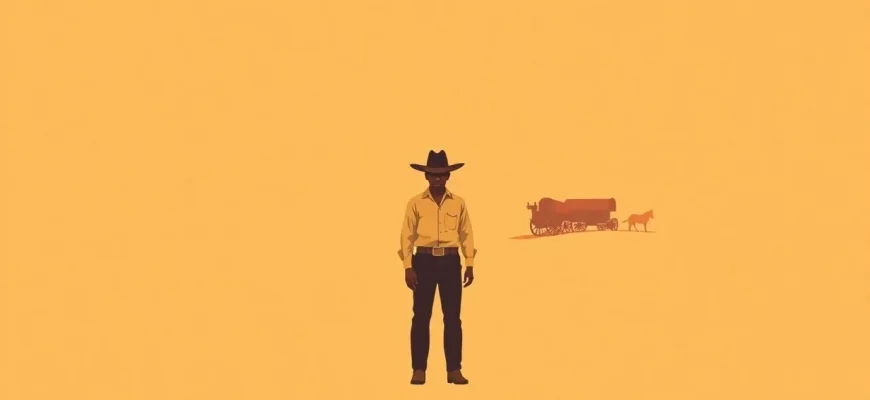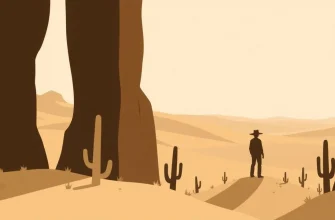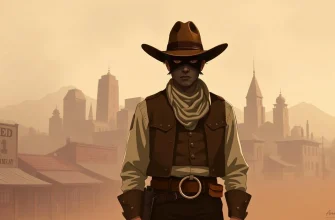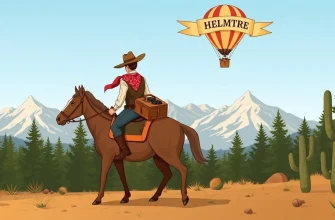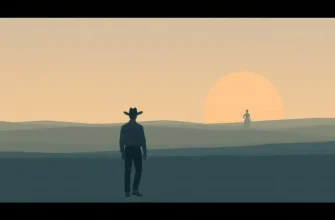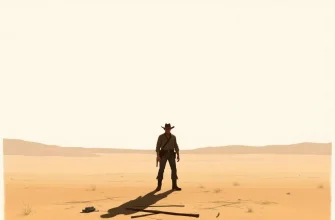The Wild West, a land of opportunity and adventure, has always been a fertile ground for stories about people moving to new horizons. This collection of Western films delves into the theme of migration, showcasing the trials, tribulations, and triumphs of those who ventured into the unknown. From epic journeys across the plains to the establishment of new homesteads, these films offer a rich tapestry of human experience, making them invaluable for anyone interested in the history and spirit of the American frontier.
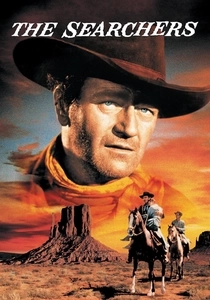
The Searchers (1956)
Description: This classic John Ford film follows Ethan Edwards, a Confederate veteran, as he searches for his niece, kidnapped by Comanches, across the vast and unforgiving West. It's a poignant tale of displacement and the quest for belonging.
Fact: The film was shot in Monument Valley, which became synonymous with Ford's vision of the West. It was also one of the first films to explore the darker side of the Western hero archetype.
 Watch Now
Watch Now 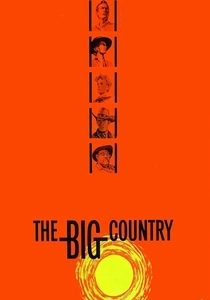
The Big Country (1958)
Description: A retired sea captain arrives in the West to marry his fiancée but finds himself embroiled in a land feud, highlighting the clash of cultures and the struggle for land ownership.
Fact: The film was nominated for two Academy Awards, including Best Director for William Wyler.
 Watch Now
Watch Now 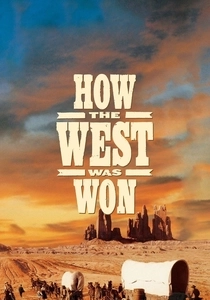
How the West Was Won (1962)
Description: This epic saga chronicles the westward expansion of the United States through the eyes of the Prescott family, capturing the essence of moving westward in search of a better life.
Fact: The film was shot in Cinerama, a widescreen process that gave viewers a panoramic view of the landscapes, enhancing the feeling of vastness and movement.
 Watch Now
Watch Now 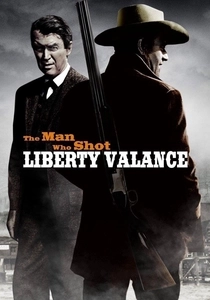
The Man Who Shot Liberty Valance (1962)
Description: Senator Ransom Stoddard returns to the town where he made his name by killing the notorious outlaw Liberty Valance, revealing the true story behind his move to the West.
Fact: This film is often cited for its exploration of the myth versus reality of the West, with the famous line, "When the legend becomes fact, print the legend."
 Watch Now
Watch Now 
The Ballad of Cable Hogue (1970)
Description: After being left for dead in the desert, Cable Hogue finds water and builds a way station, symbolizing his move from despair to hope and prosperity.
Fact: Sam Peckinpah directed this film, known for its blend of comedy and pathos, making it a unique entry in the Western genre.
 Watch Now
Watch Now 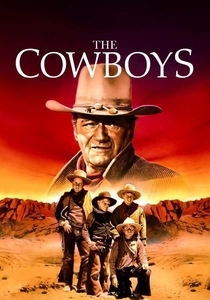
The Cowboys (1972)
Description: When his regular crew abandons him, a rancher hires schoolboys to drive his cattle to market, exploring themes of mentorship and the transition from youth to adulthood.
Fact: John Wayne, in one of his last roles, plays the tough but compassionate rancher.
 Watch Now
Watch Now 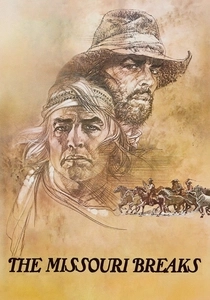
The Missouri Breaks (1976)
Description: A tale of a cattle rustler and a hired gun, set against the backdrop of Montana's rugged landscape, where characters move to escape their pasts.
Fact: This was one of the last films for both Marlon Brando and Jack Nicholson, who both delivered memorable performances.
 Watch Now
Watch Now 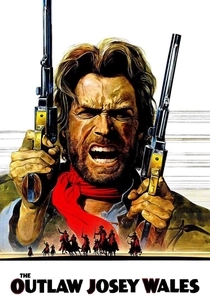
The Outlaw Josey Wales (1976)
Description: After his family is murdered by Union soldiers, Josey Wales becomes an outlaw, moving from Missouri to Texas, seeking revenge and a new life.
Fact: Clint Eastwood not only starred in but also directed this film, marking his first directorial effort in a Western.
 Watch Now
Watch Now 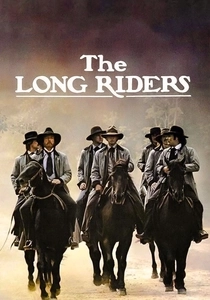
The Long Riders (1980)
Description: This film tells the story of the James-Younger gang, focusing on their move from Missouri to Minnesota, showcasing the impact of the Civil War on their lives.
Fact: Real-life brothers played the gang members, adding authenticity to the portrayal of familial bonds.
 Watch Now
Watch Now 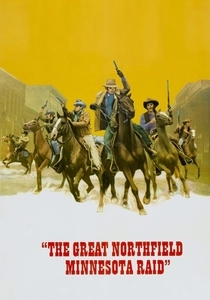
The Great Northfield Minnesota Raid (1972)
Description: This film dramatizes the James-Younger gang's ill-fated attempt to rob a bank in Northfield, Minnesota, highlighting the end of their westward movement.
Fact: The film was shot on location in Northfield, adding historical authenticity to the setting.
 30 Days Free
30 Days Free 
